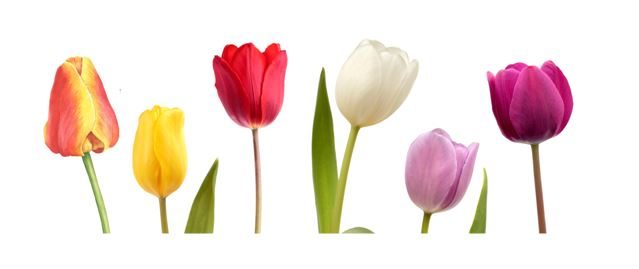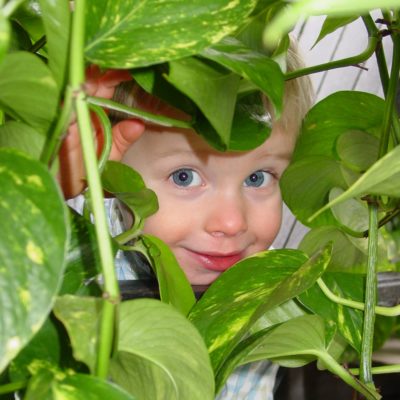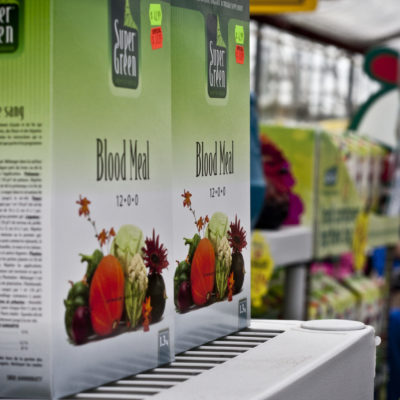
Tulips: A History
Believe it or not, the humble tulip has a long history filled with intrigue, theft, get-rich-quick schemes, a royal birth, and even the liberation of an entire country! Those are some pretty huge events, and all thanks to a small, unassuming bulb:
Tulip Mania….in Türkiye?
Native to central Asia, tulips were growing wild for thousands of years before being cultivated by the Ottoman Empire in Türkiye around 1500 CE. The name “tulip” comes from the Turkish word for turban (tülbend) because of their shared resemblance. The Sultans saw the beautiful blooms as a symbol of wealth and prestige; it is often said that tulips were considered more valuable than a human life. The elites of Ottoman society were obsessed with these bulbs, and even had their own “Age of the Tulips” (1703-1730) where some of the earliest records of tulip festivals can be found. But in order to preserve their status as a symbol for the upper classes, the sale and cultivation of tulips outside of Constantinople was strictly forbidden and punishable by exile. Today, the tulip is the national flower of Türkiye and is still considered the embodiment of beauty and perfection.
“Stealing” Across Europe
The tulip did not arrive in Europe until almost 1600. Carolus Clusius, prefect of the Royal Medicinal Garden in Prague, Bohemia (now Czechia or the Czech Republic) possessed the first tulip collection in Europe. In 1593 religious persecution forced him to flee to the Netherlands, and his extensive tulip collection went with him. He refused to sell or share any of his stunning tulips, despite many generous offers, but as tulips gained popularity across Europe he discovered that hundreds of his prized bulbs were allegedly stolen in the dead of night! This “garden liberation” was the beginning of the extensive cultivation and sale of tulip bulbs across the continent, with the bulbs being largely traded by connoisseurs, scholars, royalty, and the very wealthy. By the early 1630s, most of Europe was completely obsessed with the endless tulip varieties and mutations, especially the Dutch!
Stock Market Bubble and Burst
The tulip market in the Netherlands hit an all-time high in 1636-1637, now known as ‘Tulipomania’ due to the outrageous and inflated prices. Tulips were sold by weight after the bulb was dug up from the ground, so people began to speculate on future weights of bulbs and bid accordingly. Prices quickly began to skyrocket (a bulb that was originally worth 1 or 2 guilders could sell for hundreds a few months later!) and bulbs would often change hands several times before they bloomed. In an effort to get in on the tulip trade, people sold their houses, businesses, and possessions in order to purchase the best bulbs. Those who could not afford the actual bulbs would instead commission paintings, ceramics, embroidery, even furniture featuring the beautiful blooms. At the height of this “tulip bubble” a single bulb could cost as much as 15 years wages – that’s equivalent to owning a large house in downtown Amsterdam! But the bubble burst in 1637 when tulip prices finally crashed, causing an economic downturn that saw many people lose everything. Despite this, the Dutch maintained their devotion to its cultivation and sale, leading to their current reputation for growing and selling the best bulbs in the world. And as the Netherlands started to colonize and trade with Asia, Africa, South America, and the West Indies, their precious bulbs traveled with them and became beloved across the globe.
A Dutch Birth on Canadian Soil
Tulips hold a particularly special place in the relations between the Netherlands and Canada. When Germany invaded the Netherlands during World War II, members of the Dutch Royal family were forced to flee to Canada. Princess Margriet was born in Ottawa in 1943, but in order for her to remain a full Dutch citizen the Canadian government declared the hospital’s maternity ward to be (a temporary) international territory! When the war ended in 1945, the Dutch Royal family sent 100,000 tulip bulbs to Ottawa as a thank-you gift, not only for caring and sheltering the family, but for the Canadian military and its leading role in the liberation of Holland. They continue to send 10,000 bulbs every year, and the Ottawa area is now host to one of the world’s largest tulip festival!





